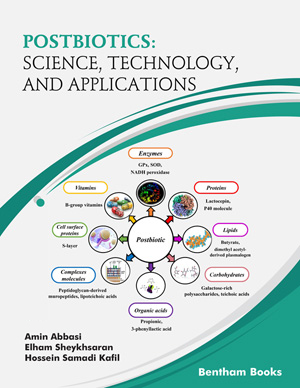Abstract
This chapter deals with the scientific authentication of the formulated
Ayurvedic medicine. . Scientific research for mechanistic insights into the functionality
is not a regulatory requirement for developing a herbal drug. Nevertheless, the
outcomes from such scientific research works have been included in this chapter. Such
scientific evidence on modes-of-actions of the herbal medicines helps in generating
awareness among the end users, who could be from both scientific and non-scientific
backgrounds. In this chapter, we have shared our scientific observations from the
laboratory validations of the medicines, Coronil and Divya Swasari Vati,that have been
developed. We have also discussed the modes of action of these medicines against the
SARS-CoV-2 virus, as gathered from in-vitro experiments. Biochemical studies have
shown that the medicines formulated by Patanjali Research Foundation Trust against
the SARS-CoV-2 virus are capable of inhibiting the physical interactions between viral
spike (S) protein and host ACE2 receptor protein. This interaction between S protein
and ACE2 receptor is critical for COVID-19 infection. Our medicines were found to be
effective in disrupting this interaction regardless of the initial mutation, like, D614G,
that the SARS-CoV-2 virus has undergone to increase its infectivity. These medicines
could also rescue the lung epithelial cells from S protein- and pseudovirus-induced
cytokine storms. Pseudoviruses are non-pathogenic study viruses used for experimental
purposes to understand the host entry mechanisms in viruses. In this case, the non-pathogenic viral genome was encased with SARS-CoV-2 S protein so that we can
follow the S protein and ACE2 interactions. Besides, these pseudoviruses also had
reporters inside them that helped us to monitor their entry into host cells. We found that
cells, when treated with our medicines, showed lesser internalization of the viruses,
suggesting that the medicines are preventing the virus entry. During COVID-19
pathogenesis, the pro-inflammatory cytokines put the immune response into an
overdrive by inducing each other. We tried to mimic this in-vivo condition in-vitro by
inducing inflammation in the lung epithelial cells with one pro-inflammatory cytokine
and then checked the levels of others and how the treatment with our medicines altered
this response. We observed that cells, when exposed to one pro- inflammatory cytokine
showed an increase in the levels of others and interestingly when these cells were
treated with Ayurvedic medicines, the cytokine levels reduced. Taken together, these
in-vitro observations revealed that these Ayurvedic medicines disrupted physical
interaction between viral S protein and host ACE2 receptor and attenuated the cytokine
storm, implicating their potential in managing acute respiratory distress syndrome
(ARDS), one of the prime causes of COVID-19 associated mortality.
Keywords: SARS-CoV-2 pseudovirus, ACE2-S protein interaction, SD614G protein, SW436R protein, ELISA, RT-PCR.






















